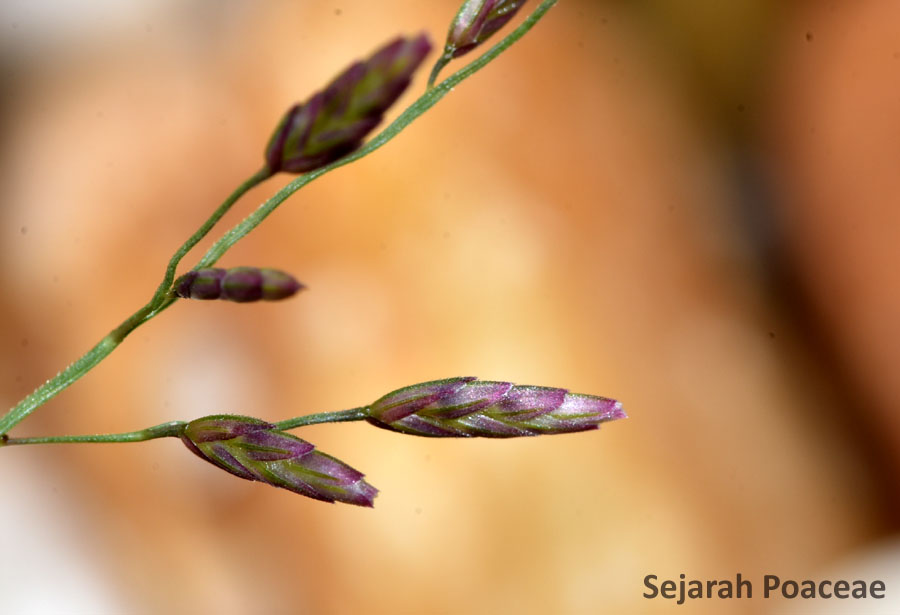
A couple of months ago, I decided to start some ornamental grasses from seeds. One of the seeds I bought was for Eragrostis spectabilis, a native that in its flowering adult form bears a slight resemblance to the Muhlenbergia ornamentals that I already had in my garden.
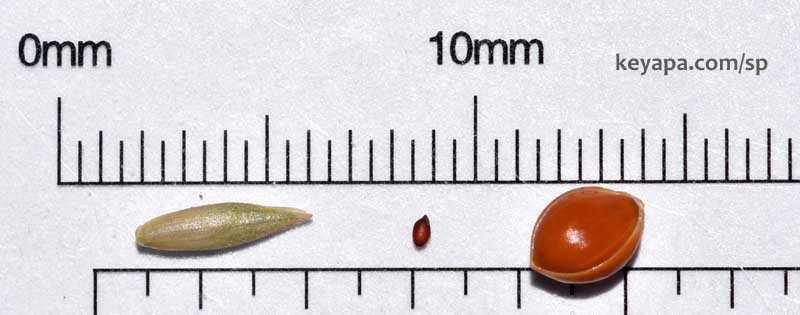
The seeds were the tiniest of the lot, with a length of around 1 mm, so I did not cover the seeds with soil during planting. Germination for most occurred only 5 days after planting, and the cute E. spectabilis seedlings were my favorite.
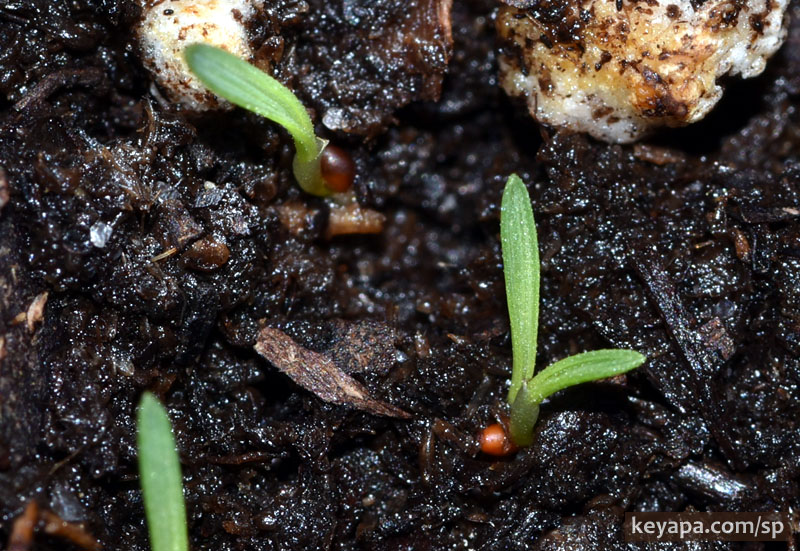
The seedlings grew relatively slowly compared to the other grasses, but I finally transplanted them onto stone covered borders around my lanai seven days after germination. Many of the transplants were actually groups of individual plants, since the seeds are so tiny that it was hard to sow individual seeds into each pot.
Once in the ground, most grew fairly fast, with those that were grouped in clusters seemingly growing faster than those with only one or a few individual plants.
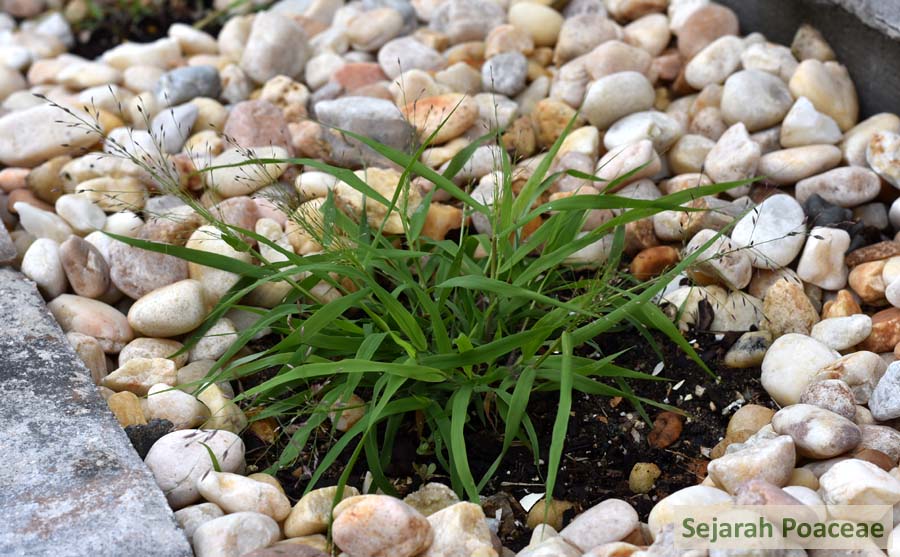
Unfortunately, two succumbed to stress and died, and I am not sure about the cause. There were Solenopsis invicta fire ants around the bases, and I had placed some bait to eradicate the ants, so either the digging activities of the ants, or the chemical baits I had placed had an effect on the grasses.
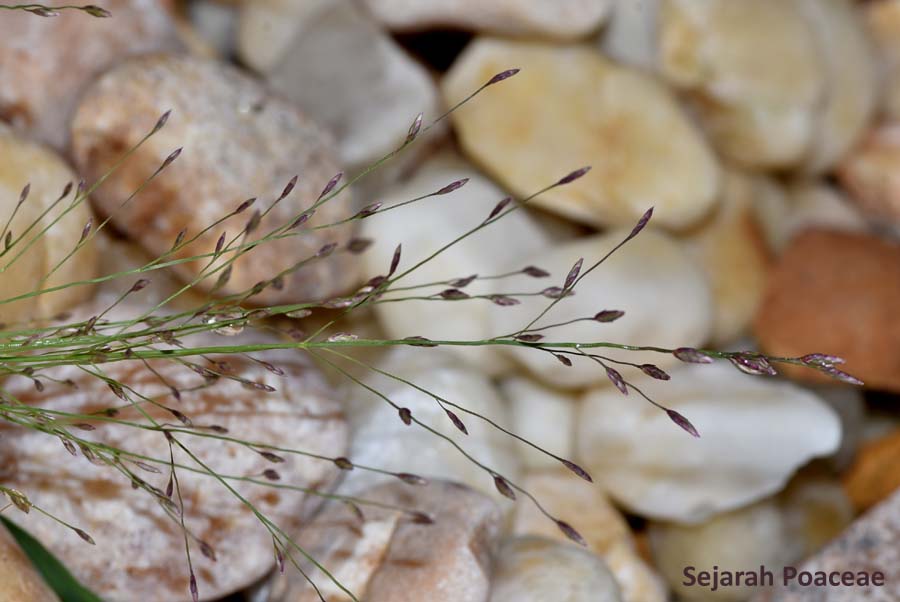
But the bad news was soon forgotten when I discovered that only 5 weeks after germination, there were tons of inflorescence sprouting up from almost all of the remaining plants!
The spikelets on these inflorescence were tiny, but I knew that when fully grown, the masses of them would create a wispy halo effect. From the tiny spikelets silver stigmas poked out, ready to snag any passing pollen, while purple-colored anthers sprouted like tiny irregular bulbs next to them.
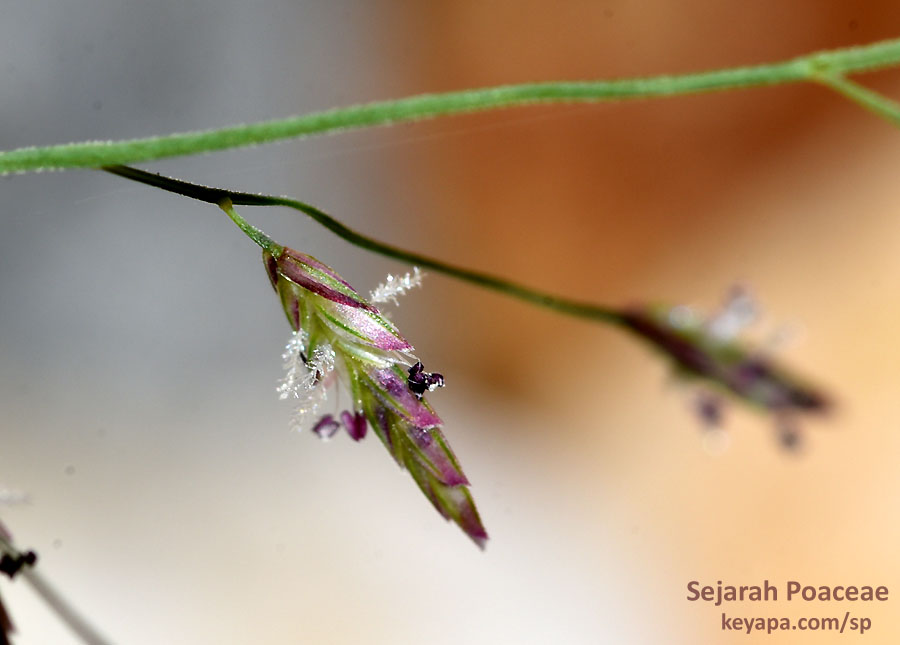
This native grass is supposedly quite hardy, and able to exist happily in sandy and gravelly soil, but the flowering of the specimens so soon after germination worried me a bit, since I’ve heard that such flowering might be a sign of stress. From what I have read, this species typically flowers in mid-Summer, so to flower in May seemed a bit abnormal to me. Unfortunately, we have a bit of an ongoing drought, and the heat of the sun is brutal, and so this might be the cause of the stress that is causing premature flowering.

Nevertheless, after two months, it seems that (at least for this particular species) my first try at growing ornamental grasses from seeds has been a resounding success. Other than the two that were lost, all the other specimens are seemingly quite healthy, and I have to admit that I am really excited about how all these plants will turn out. In fact, I’m thinking that by next year they will have all grown to mature sizes, and my lanai area will be painted with splashes of vibrant purplish colors.

Leave a Reply